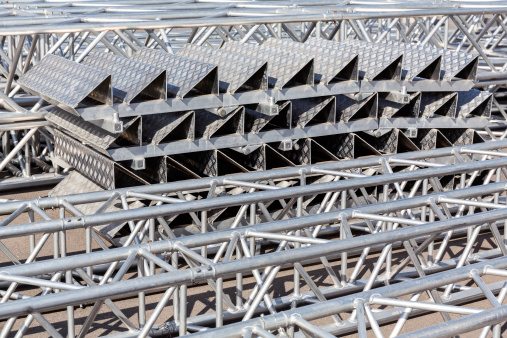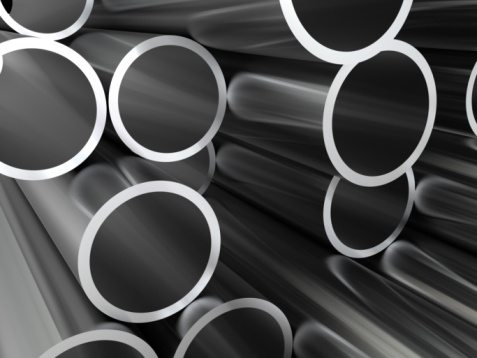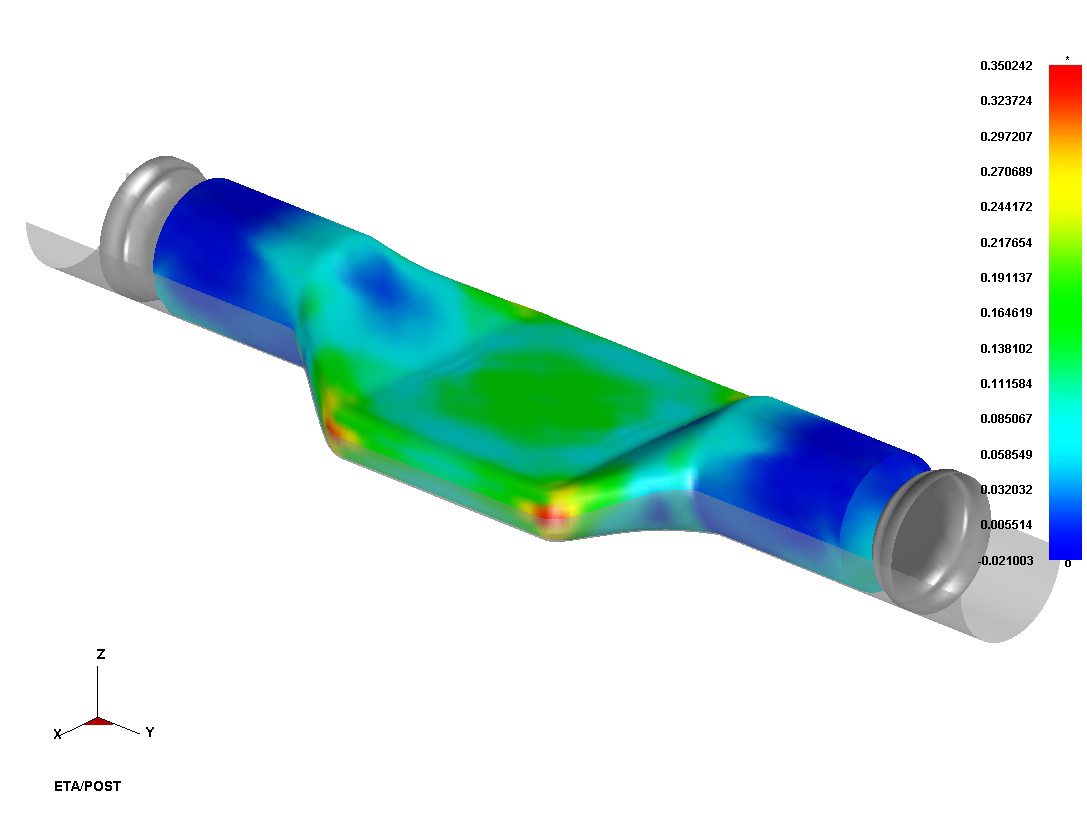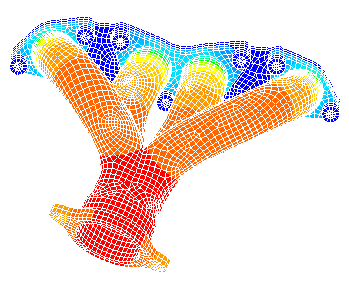
How FEA Could Accelerate Your Production Process
Most people seem to think that faster is better.
Americans enjoy fast food, instant messaging, and even (believe it or not) new quick-cooking slow cookers. While not everything is better faster, we …

Growing Use of Finite Element Analysis Predicted
A considerable increase in the demand for the use of finite element analysis in product design is predicted for the coming years. It’s no wonder, considering that the benefits of using finite element …

Finite Element Analysis: One Concept Fledgling Firms Shouldn’t Overlook
If you are relatively new to the manufacturing or construction field, the term finite element analysis may seem both unfamiliar and intimidating. However, we assure you that it’s one concept well wort …

Finite Element Analysis strengthens hydroformed parts and customer relationships
When your product represents a structural component of your customer’s purchase it sure better be structurally sound. Who can afford a costly recall or, even worse, be responsible for a personal accid …

FEA or Finite Element Analysis Implementation: Are You Ready To Make The Step?
It does not matter where you look, you will always find information on how various companies and organizations have used an engineering simulation as part of their strategy when it comes to developmen …

Source Says: FEA Soon Available in the Cloud
According to a tech engineering firm known as Frame, CAD Windows apps, like FEA (Finite Element Analysis), can now be moved to the cloud, which will bring a hug change in how CAD operates. From an ...

In House Finite Element Analysis Capabilities
Finite Element Analysis (FEA) is an engineering simulation discipline that has its roots in the aerospace industry, during the 1950’s. Since that time the discipline has ‘come into its own,’ spurred ...

Beneficial Complexity: Finite Element Analysis
The use of FEA or Finite Element Analysis further advances the hydroforming industry by eliminating the impediments of inefficiency and expense. Finite Element Analysis is a method using numerical t ...
